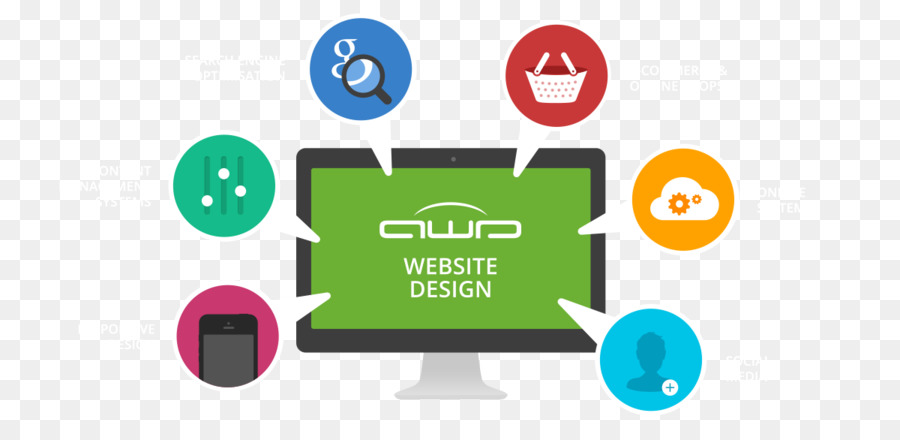Basic Aspects Of Web Design: Guidelines For Creating A User-Centric Site
Basic Aspects Of Web Design: Guidelines For Creating A User-Centric Site
Blog Article
Post Created By- clicking here
When it concerns website design, making sure user-friendliness is key. From responsive design to structured navigation, every element plays an important duty in producing a website that deals with your audience's demands. But what regarding the finer details that can make or break a customer's searching experience? Remain tuned as over at this website uncover some often-overlooked ideas that can boost your internet site's usability to the following level, making it genuinely stick out in the digital landscape.
Value of Responsive Style
Receptive design is a crucial facet of contemporary website growth. Ensuring your internet site is responsive ways that it can adjust to various screen dimensions and gadgets, providing a smooth experience for users.
With the raising use of smart devices and tablets to access the web, having a responsive layout is necessary for getting to a larger audience. It aids in enhancing customer experience by making your site very easy to navigate and read on any type of device.
Additionally, responsive design can positively affect your internet search engine rankings, as search engines like Google prioritize mobile-friendly sites. By having a responsive design, you're likewise future-proofing your internet site, as brand-new gadgets with varying screen sizes continue to arise.
Simplify Navigating Framework
To improve individual experience and facilitate simple access to details on your web site, improving the navigating framework is vital. When developing your site, focus on creating a clear and user-friendly navigation food selection that helps site visitors locate what they're seeking promptly.
Restriction the variety of menu things to the basics, organizing relevant pages with each other to prevent frustrating individuals. Use descriptive tags that plainly indicate the material of each page, making it less complicated for individuals to comprehend where each link will take them.
Take into consideration carrying out dropdown menus for subcategories to avoid littering the primary navigating bar. In addition, include a search bar plainly on the page for users who prefer searching for specific details.
Prioritize mobile responsiveness in your navigating design to make certain very easy accessibility on all gadgets.
Enhance Page Tons Speed
Improving page load speed is vital for retaining visitors on your website. Slow-loading pages annoy users and can cause high bounce prices. To maximize page lots speed, start by optimizing images. Press images without jeopardizing high quality to reduce their file dimensions.
In addition, make it possible for internet browser caching to store frequently accessed sources in your area, speeding up load times for returning site visitors. Minify CSS, JavaScript, and HTML documents by eliminating unneeded personalities, remarks, and formatting, boosting load rate.
Consider utilizing a web content delivery network (CDN) to distribute your site's material throughout several web servers worldwide, reducing latency for individuals accessing your website from various areas. Finally, limit using third-party manuscripts and plugins, as they can significantly impact tons times.
Conclusion
To conclude, by including responsive layout, simplifying navigation, and maximizing page load rate, you can create an easy to use web site that appeals to a larger target market and boosts customer experience. These essential elements ensure that site visitors can easily gain access to and browse your website across different tools, resulting in boosted involvement and fulfillment. By focusing on these crucial elements, you can build an effective website that maintains users coming back for more.
